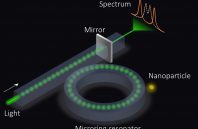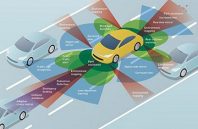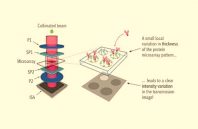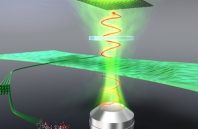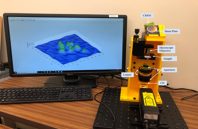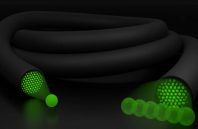Plasmonics and photonics have been drawing attention in both academia and industry due to their use in an extensive range of applications, one of which includes optical sensing. The development of optical sensing technology not only contributes to the scientific...
Read more
Researchers Develop Novel Framework For Tracking Developments In Optical Sensors
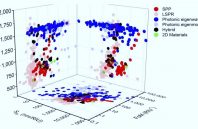

 (585) 768-2513
(585) 768-2513


